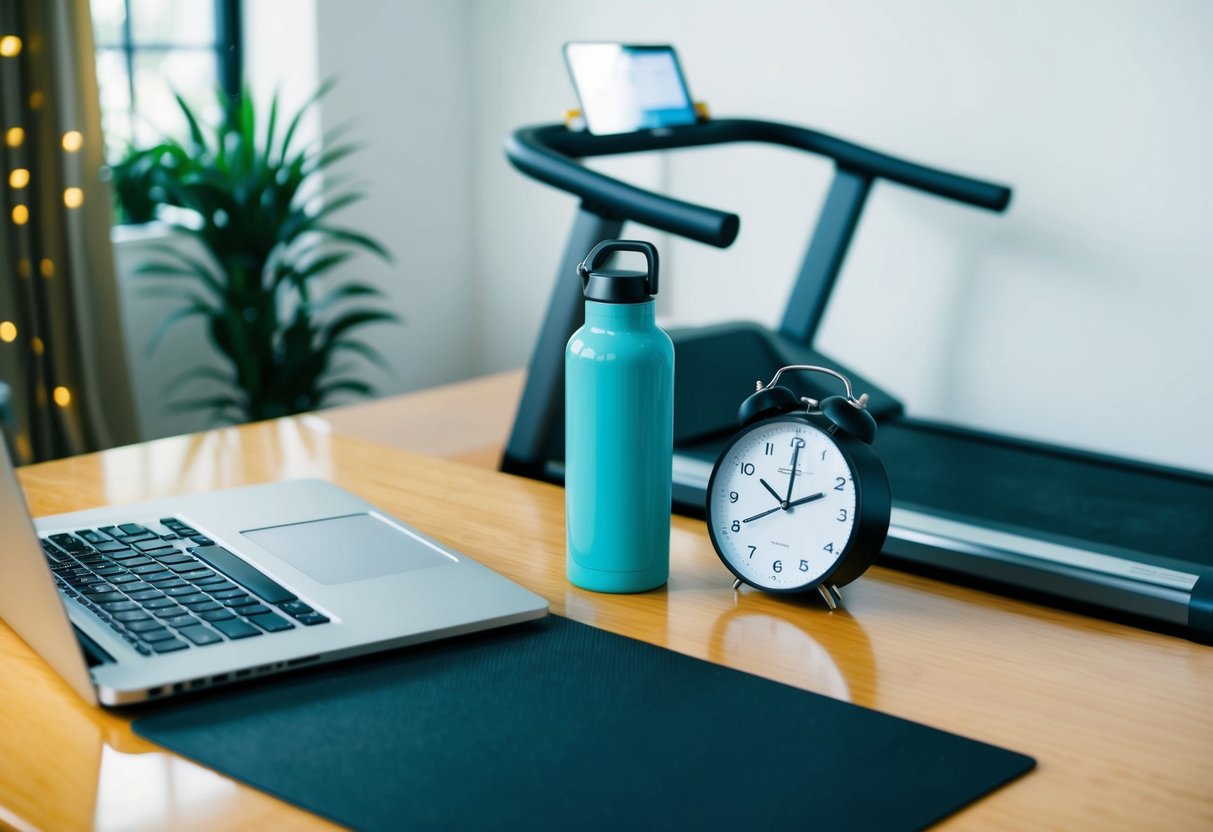
Striking a Balance: Merging Personal Life with Career Goals
Balancing personal life with career ambitions often revolves around integrating fitness into a busy schedule. By prioritizing physical health, individuals can reduce stress and improve productivity.
Achieving Work-Life Balance Through Fitness
Integrating fitness routines into daily life allows professionals to excel both in personal spheres and their careers. Regular exercise leads to stress reduction, enhances mental clarity, and boosts energy levels, which is crucial for maintaining work-life balance.
By promoting overall health, fitness influences not only physical well-being but also emotional stability, helping individuals face professional challenges more effectively. Scheduling workouts during breaks or after work can help maximize limited free time, creating a healthier lifestyle without sacrificing career goals.
Understanding that every person has unique needs and schedules is essential. Finding what works best in terms of exercise type, duration, and frequency can make it easier for individuals to commit consistently, thereby promoting a balanced life.
Prioritizing Fitness Alongside Career Ambitions
Placing fitness alongside career goals requires conscious effort and strategic planning. Busy professionals often face the challenge of limited time, but prioritizing health is necessary for sustained productivity and satisfaction in both personal and professional domains. Time management plays a crucial role here, as does recognizing and addressing barriers that hinder maintaining a fitness regimen.
Incorporating fitness may involve small changes, such as opting for active commutes or joining nearby gyms to save time. It’s important to set achievable goals and track progress, thereby motivating continuous improvement.
Involvement in group activities or fitness communities can also provide accountability and social engagement, further enhancing personal and professional life satisfaction. By making fitness a priority, individuals can enjoy a healthier, more balanced lifestyle that supports their career and personal goals.
Advanced Time Management Techniques for Busy Professionals
Finding effective strategies to integrate exercise into a packed schedule is crucial. Focusing on practical methods like circuit training and using commute time efficiently can help maintain fitness without sacrificing work obligations.
Circuit Training and Active Commuting Opportunities
Circuit training offers a dynamic solution for those with limited time by combining high-intensity bursts with short rest periods. This method maximizes calorie burn and improves cardiovascular health in less time. Exercises like burpees, push-ups, and squats require minimal equipment and can be tailored to individual fitness levels.
Active commuting is another technique that serves dual purposes. Walking or biking to work incorporates physical activity into daily routines, effectively blending commuting time with exercise. It cuts down on the need for separate workout sessions and contributes to overall fitness.
Efficient Workouts to Maximize Limited Time
High-Intensity Interval Training (HIIT) is a popular choice for maximizing workout efficiency. It alternates between intense exercise and short recovery, efficiently targeting multiple fitness goals. Even short 20-minute sessions can provide substantial benefits, making it suitable for those with tight schedules.
For strength training, multi-joint exercises like deadlifts or lunges engage several muscle groups simultaneously, reducing the time needed while achieving comprehensive results. These efficient workouts allow professionals to stay on track with fitness without compromising their work commitments.



